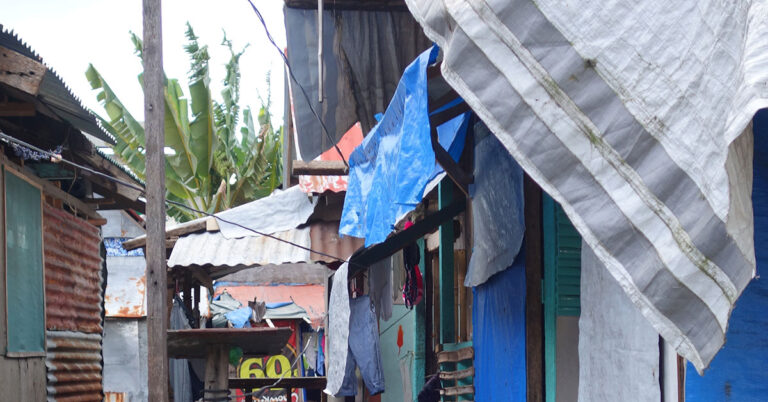Abstract
The research will explore household sheltering pathways for informal settler families (ISFs), relocated families in government-financed housing programs, and internally displaced persons (IDPs) hosted by family members with a focus on health, livelihood, education, and social impacts. To unpack informality, two cases will be examined in the Philippines context: (1) reconstruction following the armed conflict in Marawi Citiy and (2) relocation of informal settlements to Bulacan in Metro Manila.
Project Team
- Dr Aaron Opdyke
- Benigno Balgos (Ateneo de Manila University)
- Dr Paul Jones (University of Sydney)
- Dr Acram Latiph (Mindanao State University)
- Dr Erlinda Yape (Mindanao State University)
Funding
- Sydney Southeast Asia Centre, Partnership Grant, $49,967 AUD
Research Questions
- How do different stakeholders define and practice sheltering informality in post-disaster and post-conflict response and recovery?
- What are the impacts of post-disaster and post-conflict resettlement on host communities?
Project Brief
In 2017, the United Nations High Commission for the Refugees (UNHCR) estimated that 68.5 million people were forcibly displaced from their homes. Ensuring that recovery in the aftermath of conflict and disasters is inclusive and equitable is vital to ensure lasting peace and sustainable development. Moreover, adequate shelter is considered an essential building block of reconstruction by restoring livelihoods, social networks, and sense of place. While informality has been explored with growing rigor in the development context, its scope and nature in conflict and disaster response has not received adequate attention. This research aims to understand the role of informality in post-conflict and post-disaster sheltering processes and its impact on long-term reconstruction planning efforts.
Comparative case studies will be formed, drawing from a mixed-methods approach. Specifically, the research will examine the following: household livelihoods (sources of incomes), idiosyncratic economic shocks (i.e loss of livelihoods, sickness, or death in the family, and unplanned pregnancy), mechanisms to maintain and continuously improve their daily functions (i.e. being able to pay their amortization regularly), and institutional support (i.e. social protection, LGUs support, private institutions, and cooperatives). Furthermore, these household characteristics will be compared with typologies of shelter through rapid visual assessments of dwellings, classifying features such as covered living space, structural safety, and material quality.
Findings will focus on the link between informality and resilience, seeking to contrast formal interventions with organic patterns of sheltering to better understand underlying processes that create risk.

